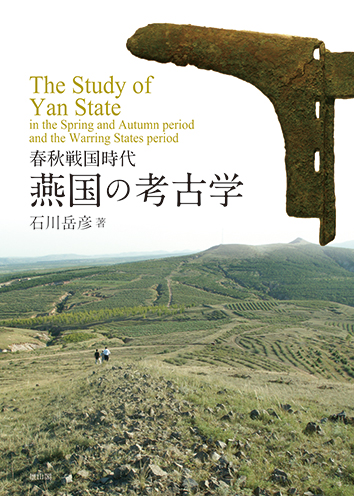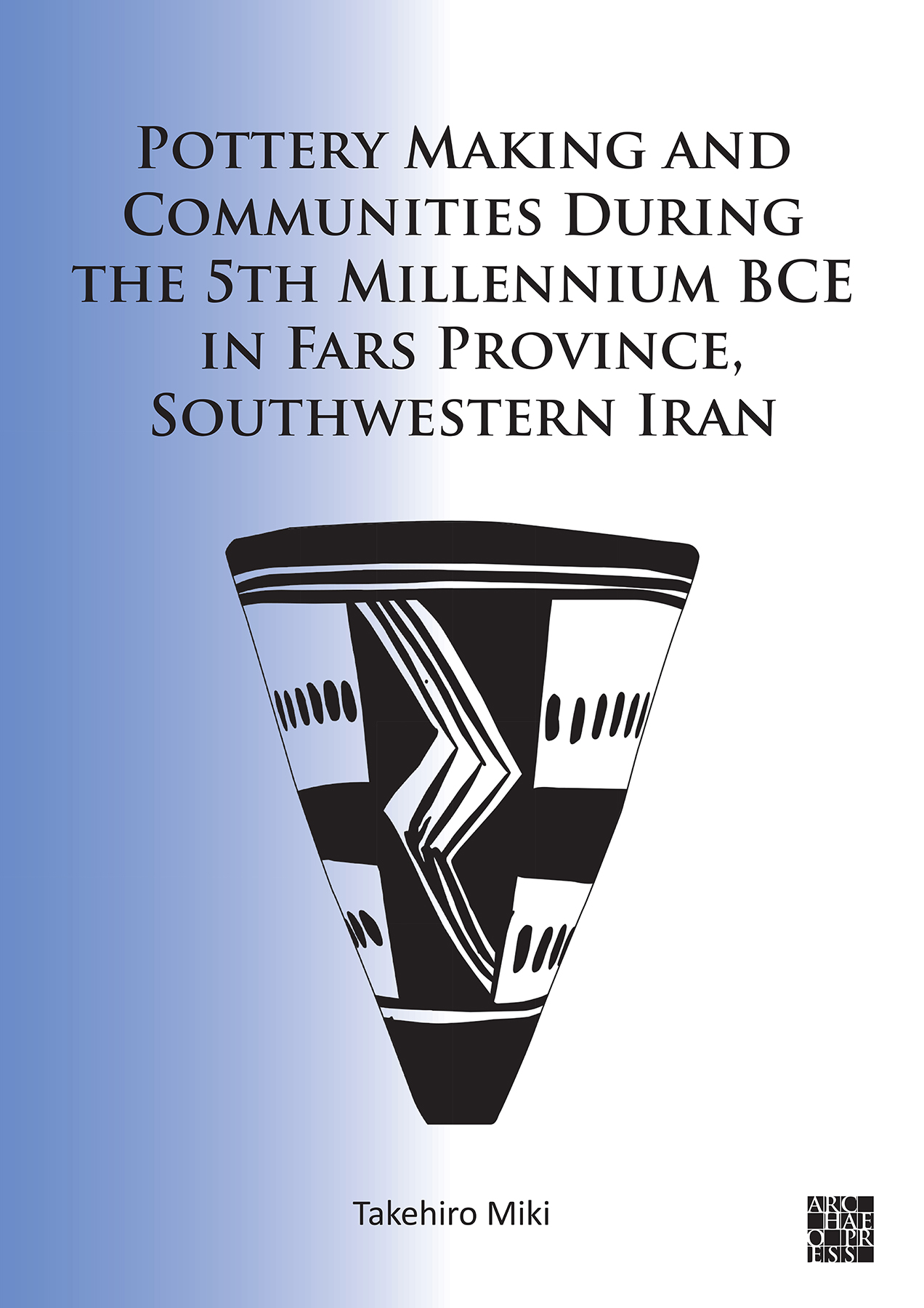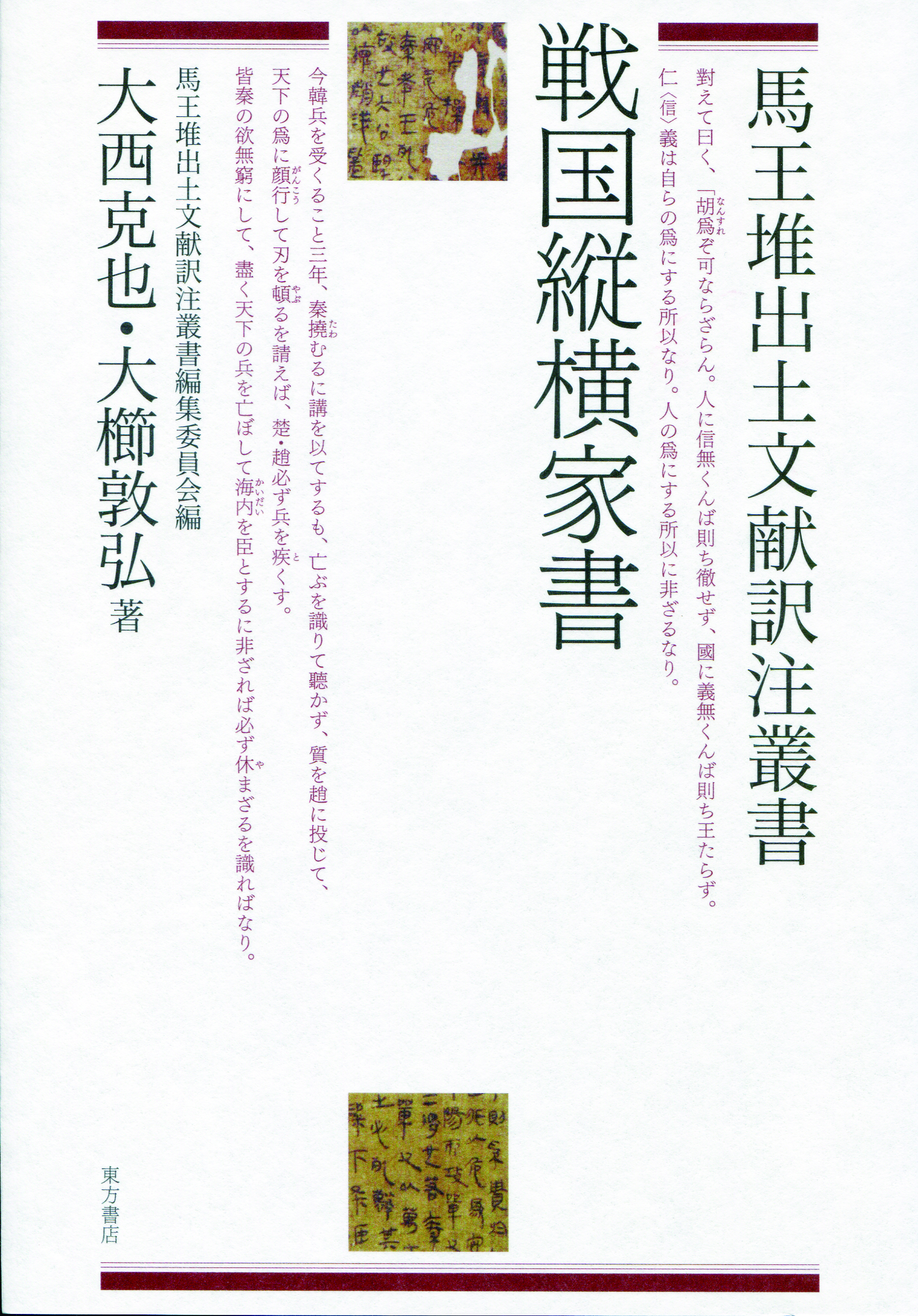
Title
Enkoku no Koukogaku (A Study of the Yan State in the Spring and Autumn Period and Warring States Period)
Size
264 pages, B5 format, hardcover
Language
Japanese
Released
May 25, 2017
ISBN
9784639024859
Published by
Yuzankaku
Book Info
See Book Availability at Library
Japanese Page
Many people will know that among the seven principal states of the Warring States period in China there was a state called Yan. From around the eleventh to third centuries B.C. this state of Yan was based in the area to the northeast of the central China plain, that is, in the region around China’s present-day capital of Beijing. During the Spring and Autumn period and Warring States period it became one of the leading states in China. But there are not many texts that tell us much about the Yan state. For example, the Shiji, compiled by Sima Qian during the Former Han, includes a separate chapter that records the history of the Yan state, but it does not record the names of all of its rulers from the Western Zhou period to the Warring States period, nor does it describe its history during this time in any great detail.
Meanwhile, the Yan state is thought to have played an important role in the development of ancient culture in East Asia. During the Spring and Autumn period and Warring States period, the Yan state extended its power eastwards and incorporated into its territory the area as far as the southern part of present-day northeast China (i.e., Liaoning). This eastward expansion of the Yan state had an enormous influence on not only northeast China but also the Korean peninsula and the Japanese archipelago. The most important aspect of this influence was the influx and spread in these regions of implements made of iron, which was the most advanced material at the time in the central China plain. In other words, it was the Yan state that occasioned the start of the Iron Age in these regions. But, as mentioned, there are few texts related to the Yan state. Even with regard to its eastward expansion, it has merely been vaguely assumed on the basis of fragmentary accounts that it occurred around 300 B.C. after a Yan general invaded the southern part of northeast China. Thus, when discussing the history of the Yan state, the lack of written records has always been a major problem. However, advances in archaeological investigations in China since the second half of the twentieth century have changed this state of affairs. Large numbers of remains and artefacts relating to the Yan state have been discovered, and these have more than made up for the lack of written records.
Taking these circumstances into account, in this book I discuss the history of the Yan state during the Spring and Autumn period and Warring States period and its eastward expansion from the perspective of archaeology and on the basis of investigations of remains and artefacts relating to the Yan state. The book is divided into two parts. Part I takes up bronzeware, pottery for everyday use, funerary pottery, knife coins (mindaoqian), and ironware of the Yan state during the Spring and Autumn period and Warring States period and describes changes in these artefacts over time and their characteristics. This is the first comprehensive study of the material culture of the Yan state during the Spring and Autumn period and Warring States period.
In Part II, using the changes in various artefacts presented in Part I as a chronological “yardstick,” I examine by archaeological methods the remains and artefacts related to the Yan state that have recently been discovered one after another in the southern part of northeast China and thereby shed light on the date and other aspects of the expansion of the Yan state into this region. In this book, I present a new picture of the history of the Yan state, according to which the eastward expansion of the Yan state and its culture did not occur all at once around 300 B.C., as hitherto assumed, and instead it progressed as the culture of the Yan state began to enter the southern part of northeast China about two hundred years earlier, from around the second half of the sixth century B.C., and as local society was gradually transformed in conjunction with this inflow of Yan culture.
This book employs the archaeological method of examining remains and artefacts to describe the history of the Yan state during the Spring and Autumn period and Warring States period. For this reason almost no famous historical figures of the period in question make an appearance, and it may seem somewhat bland in content. But in writing this book my aim was to depict on the basis of material evidence the dynamics of history that are not recorded in texts. I hope that it will be read not only by people with an interest in ancient China, but also by people with an interest in the ancient culture of the Korean peninsula and the Japanese archipelago, which were greatly influenced by the Yan state through the introduction of iron culture.
(Written by ISHIKAWA Takehiko, Assistant Professor, Graduate School of Humanities and Sociology / 2018)



 Find a book
Find a book




